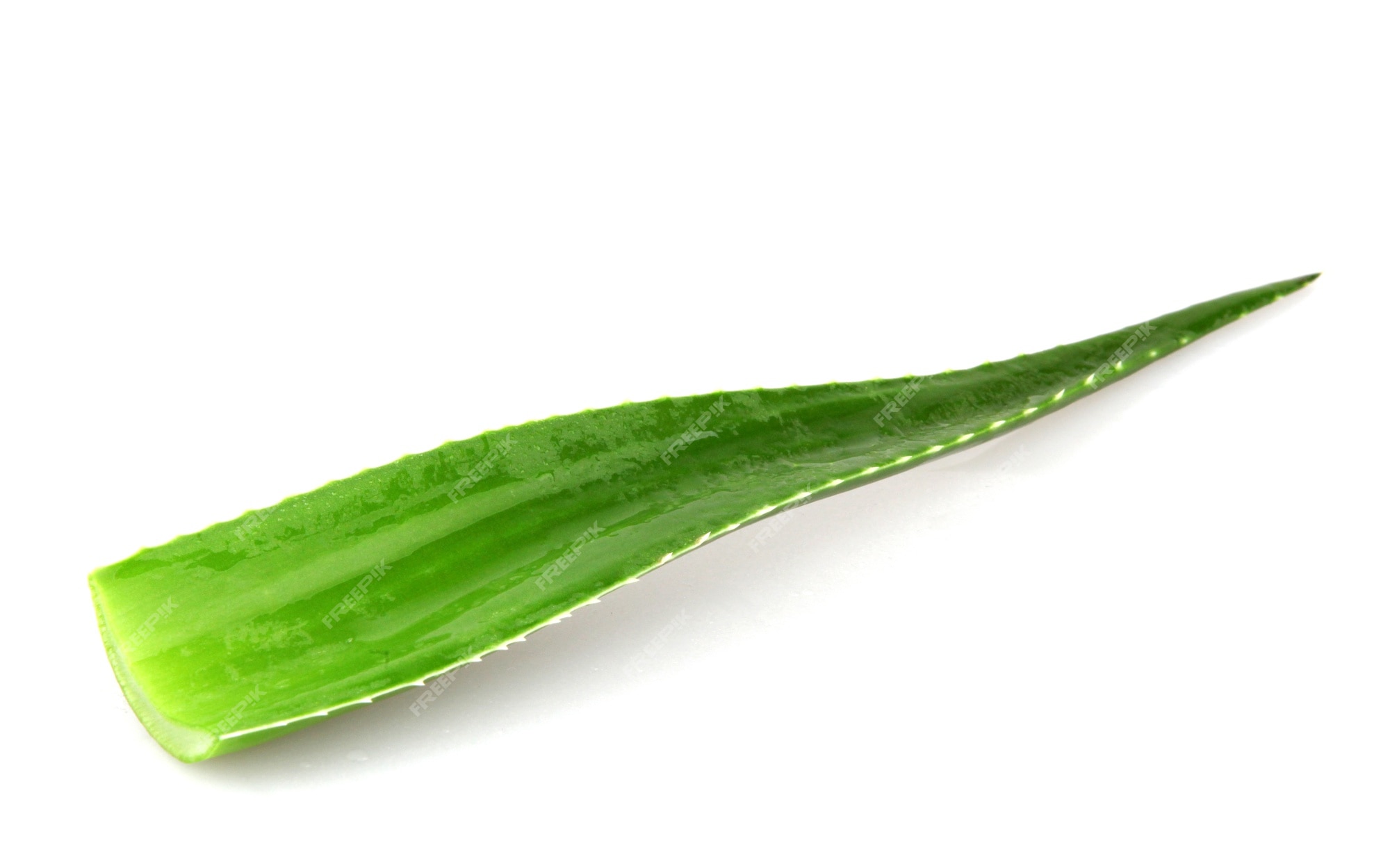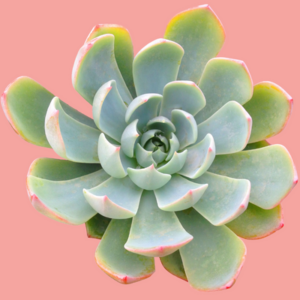Among the verdant world of plants, the aloe vera stands as a beacon of resilience and healing. Known not just for its succulent beauty but also for its plethora of medicinal properties, aloe vera is a prized possession for many plant lovers. While one might envision propagating aloe vera as a grand affair requiring multiple offsets or intricate methods, the reality is often much simpler. Just as a phoenix rises from the ashes, a new aloe vera plant can emerge from a solitary leaf. This guide will navigate the intriguing journey of propagating aloe vera from a single leaf, leading you into the verdant realm of succulent propagation.
The Allure of Aloe Vera: Understanding Its Nature
Aloe vera, scientifically classified as Aloe barbadensis miller, embodies an exquisite blend of utility and aesthetic appeal. Its fleshy, serrated leaves, typically rich in a vibrant green hue, are not just a visual delight; they hold a plethora of gel-like substances packed with vitamins, enzymes, and amino acids. This miraculous gel offers soothing properties for burns and skin irritations, making aloe vera more than a mere decorative element. However, as the saying goes, “to know thy plant is to love thy plant.” Understanding the nature of aloe vera is crucial before embarking on its propagation journey.
When propagated from a leaf, aloe vera displays the duality of patience and reward. In nature, the plant often propagates via offsets, or “pups,” which sprout from the base of the parent plant. However, the adventure of leaf propagation takes you on a different trajectory, much like an artist sketching outside the lines. While traditionalists may argue against this method, it can yield delightful results under the right conditions.
Preparing Your Leaf: The First Step in This Journey
The propagation process begins with selecting the right leaf. The ideal candidate is a mature, healthy leaf that has not yet dried out. A plump leaf is like a treasure chest, brimming with the potential to create life. Gently twist or cut the leaf from the base, providing a clean cut to reduce stress on the parent plant. The cut must be sharp to avoid any tearing, which could lead to undesirable decay.
Once you have your succulent treasure, the next step involves allowing it to callous. Position the leaf in a cool, dry location, away from direct sunlight, for a period of three to five days. This waiting game is not mere idleness; it is a crucial stage that prepares the leaf for rooting by forming a protective barrier against potential pathogens. Just as a painter allows the canvas to breathe before applying the first stroke, so too must the leaf acclimate.
The Art of Planting: Rooting Your Aloe Vera Leaf
With a calloused leaf in hand, the real fun begins. This process may feel like setting the stage for an enchanting play where each element must work in harmony. Choose a pot with adequate drainage, and fill it with a well-draining soil mixture, such as a blend of cactus soil and perlite. The texture should be coarse, mimicking the arid environments where aloe vera naturally thrives.
Position the calloused end of the leaf onto the soil surface without burying it. It is vital to avoid submerging the leaf in soil, as excessive moisture around the cut end can lead to rot—a perilous fate for any succulent. Instead, allow the leaf to sit atop the soil as it begins to establish itself. Mistaking soil for a deep lake can drown a potential life source. A delicate balance is key.
Creating the Perfect Environment: Nurture and Care
Much like a sapling requires care and nurturing, your newly planted aloe vera leaf requires specific conditions to thrive. Place the pot in a well-lit area, ensuring it receives indirect sunlight. Too much direct sunlight can scorch the foliage, while too little light will hinder its growth. This Goldilocks approach to light is essential for fostering a healthy environment.
Watering, in this context, becomes an art form. Water sparingly; too much moisture can lead to fungal rot. It is advisable to wait until the soil has completely dried out before offering a gentle watering. A mere mist in the early stages is sufficient to encourage humidity without damning the leaf. Think of it as offering a gentle breeze rather than an overwhelming storm.
Patience Pays Off: Watching Your Aloe Vera Leaf Transform
Propagation is indeed a journey that tests the virtues of patience and perseverance. Over the next several weeks, fine roots will gradually sprout from the cut end of the leaf, much like whispers of growth emerging quietly from the earth. As these roots develop, tiny offsets may also begin to sprout from the leaf itself, each a promise of the plant’s resilience. This transformation invites you to witness the miracle of life in a confined space, an awe-inspiring phenomenon that only nature can choreograph.
Once you see new growth, you will know the time has come to transplant your newly formed aloe vera plant into its own larger pot. As you transfer it to its new home, remember that every step in this method of propagation is a blend of complexity and simplicity, much like a grand symphony where every note matters.
Final Thoughts: The Rewards of Your Efforts
Propagating aloe vera from a single leaf is not just a venture into gardening; it’s an exploration of patience, nature, and the joy of nurturing life. What began as a single leaf becomes a thriving plant, a testament to the intricacies of life and an emblem of the delicate balance between care and independence. As you embark on this propagation journey, let the metaphors of growth and resilience guide you. From a singular leaf to a lush plant, your aloe vera will soon stand as a symbol of triumph, echoing the age-old adage: “From little things, big things grow.”





Leave a Comment